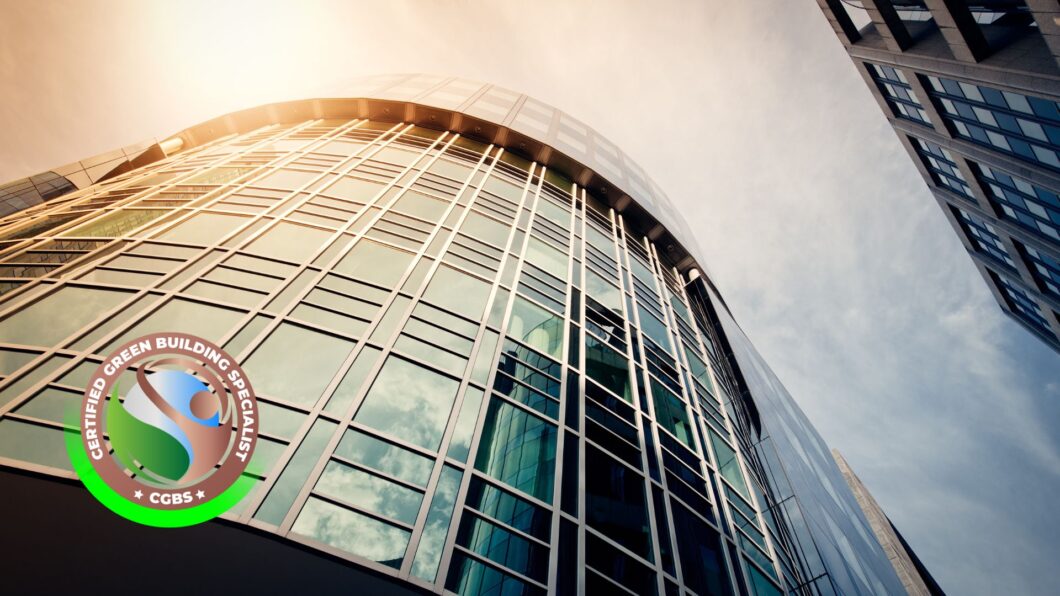What distinguishes a building as a high-performance structure?
The design of a high-performance building (HPB) aims to achieve exceptional resource efficiency while ensuring a healthy and comfortable environment for its occupants. This concept goes beyond traditional buildings by focusing on several key areas: energy efficiency, water conservation, indoor environmental quality, sustainable materials, and overall site impact. Let’s explore each of these components in detail.
High-performance buildings are structures that significantly improve the environmental, economic, and social aspects of building performance by integrating advanced technologies, sustainable practices, and user-centered approaches.
Key performance indicators include energy efficiency, water conservation, indoor environmental quality, sustainable site development, material use, and life cycle impact. The integrated design process (IDP) is a hallmark of high-performance buildings, involving all stakeholders early in the design phase. Performance-based objectives guide the design and construction process, often including targets for energy reduction, carbon emissions, and occupant satisfaction.
Smart building technologies, such as sensors, automation, and data analytics, are critical in high-performance buildings. They often integrate renewable energy sources, like solar panels or wind turbines, into their design to reduce reliance on fossil fuels and achieve net-zero energy buildings.
However, we must address challenges like initial costs, system complexity, regulatory barriers, and user behavior. Despite these challenges, high-performance buildings represent a paradigm shift in the construction and design industry, emphasizing sustainability, occupant well-being, and operational efficiency. As demand for sustainable solutions continues to grow, high-performance building principles will play a crucial role in shaping the future of the built environment.
High-Performance Building Design Professional (HBDP) Overview
The HBDP Overview training program equips individuals with essential skills, knowledge, tools, credentials, and 100 practice exam questions for High-Performance Building Design (HBDP Knowledge Domain).
The goal of the HBDP Overview training program is to equip participants with the essential foundational understanding, principles, sustainability concepts, HVAC processes, environmental improvement programs, environmental rating systems, and resources needed to design high-performance buildings effectively.
Krishnaji Pawar, an accomplished sustainability specialist Beyond Smart Cities with expertise in smart city development, sustainable design strategy development, environmental impact assessment, green building certification (LEED, GSAS, etc.), energy usage modeling, greenhouse gas accounting, and emissions management, developed the High-Performance Building Design Professional (HBDP) Overview training.
Learning Objectives
- The Course Overview and Introduction
- Introduction to sustainability concepts.
- HVAC processes and sustainable processes.
- Environmental improvement programs and rating systems.
- High-performance building design specialist certification.
- HBDP Practice Test V.4.1_Test Your Knowledge!
High-Performance Building Design Professionals’ Role
- Understand development practices, policies, technical requirements, program analysis, and financial assessments.
- Work in commercial, institutional, industrial, or governmental sectors.
- We possess knowledge that is pertinent to particular markets.
- The focus is on high-performance building design and construction, environmental mitigation, industrial facility operation, planning, alternative energies, carbon reduction, sustainable transportation, and water conservation.
Other Related Courses
High-Performance Building Design Professional – HBDP Exam Question Bank
The High-Performance Building Design Professional – HBDP Exam Question Bank offers a 500-question practice exam with flash cards, allowing professionals to create personalized study plans that align with their professional development goals.
Learning Objectives
- Five practice examinations with over 500 questions range from basic to difficult to specialist.
- Learn the reasoning behind each question, as well as the associated HBDP knowledge domain to review.
- Recognize strategies and make smart choices.
- Experience the HBDP exam.
- Consider the practice test part of your education.
- The new HBDP 121+ Key Terminology Flash Cards are now available!
- HBDP Engineering and HVAC Design Equations
High-Performance Building Design Professional – HBDP Exam Refresher
The High-Performance Building Design Professional – HBDP Exam Refresher course offers a comprehensive understanding of sustainability, HVAC processes, energy analysis, indoor and site environments, and sample questions for the HBDP examination.
Learning Objectives
- Sustainable development concepts
- Sustainable Buildings and Transportation
- Alternative Energy & Carbon Reduction
- Environmental Improvement Programs and Rating Systems
- HVAC Processes and Energy Analysis
- Indoor and Site Environment
- Controlling and monitoring
- Benchmarking with performance metrics
- Water Conservation
- Commissioning in Sustainable Construction
- Energy and Materials Use and Management
- HBDP 100+ Practice Test Questions V.4.1

